Hibiscus
Hibiscus is a flowering plant known for its vibrant and showy blossoms. It belongs to the Malvaceae family and is native to warm temperate, subtropical, and tropical regions around the world.
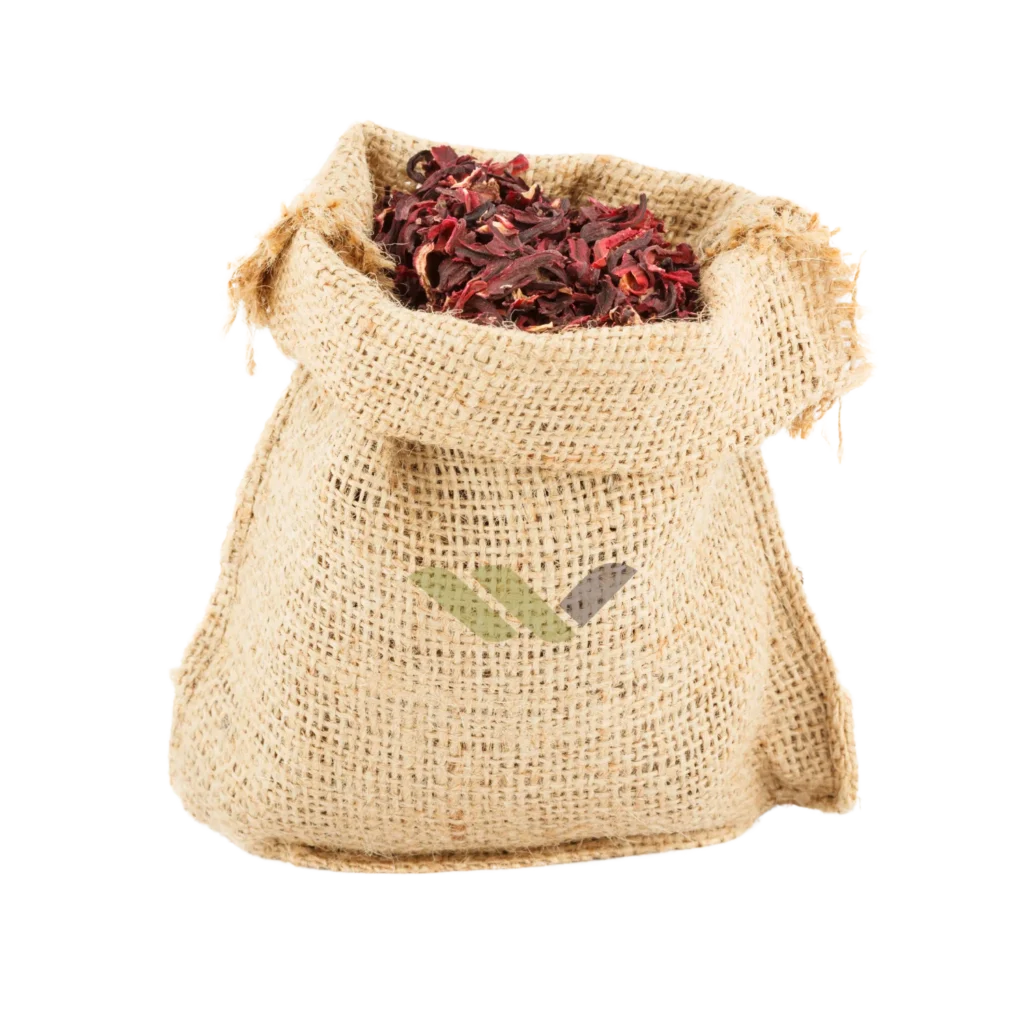
Hibiscus
Hibiscus is a flowering plant known for its vibrant and showy blossoms. It belongs to the Malvaceae family and is native to warm temperate, subtropical, and tropical regions around the world.

Where
They Come From
Hibiscus plants are found in various parts of the world, including Africa, Asia, and the Americas. They thrive in climates with plenty of sunlight and well-drained soil.
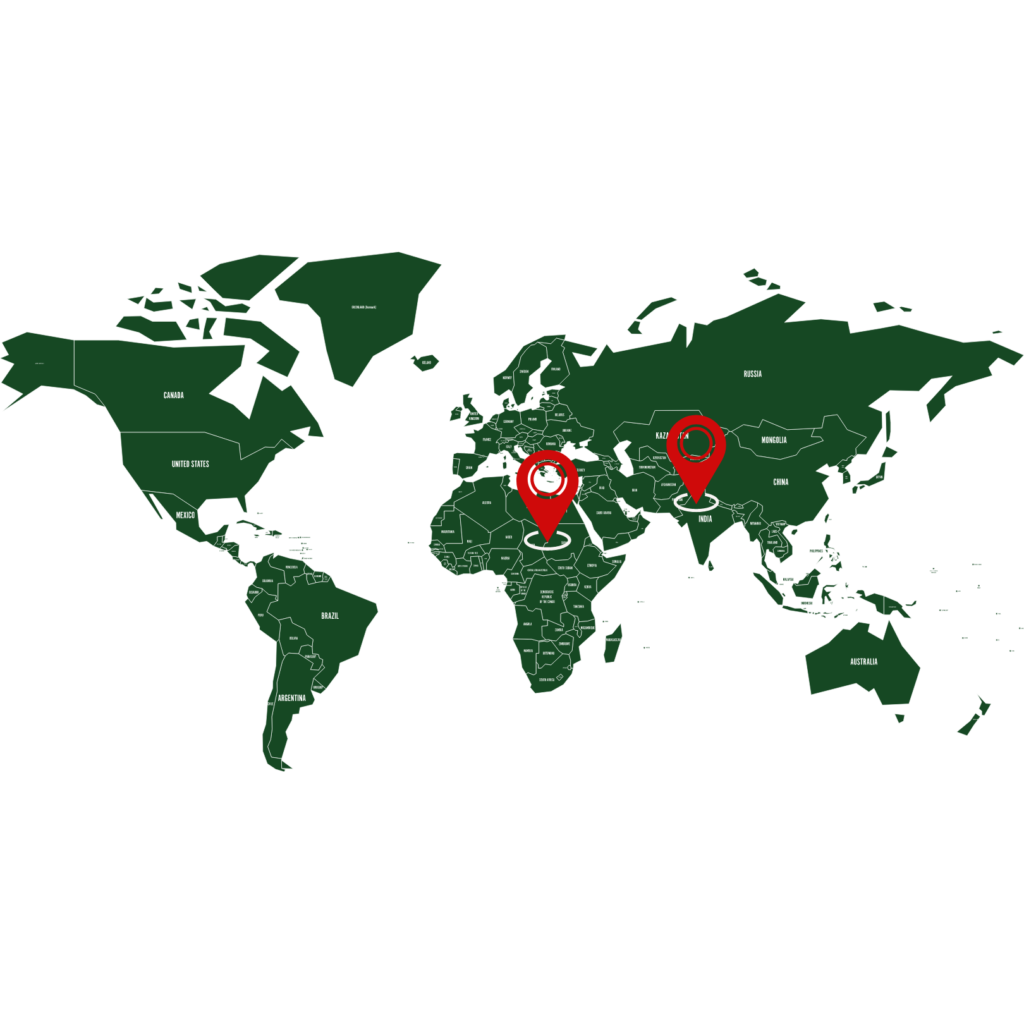
Benefits
of Hibiscus
Hibiscus tea is known for its potential health benefits. It is rich in antioxidants and vitamin C, and studies suggest it may help support heart health, regulate blood pressure, and have other positive effects on the body.
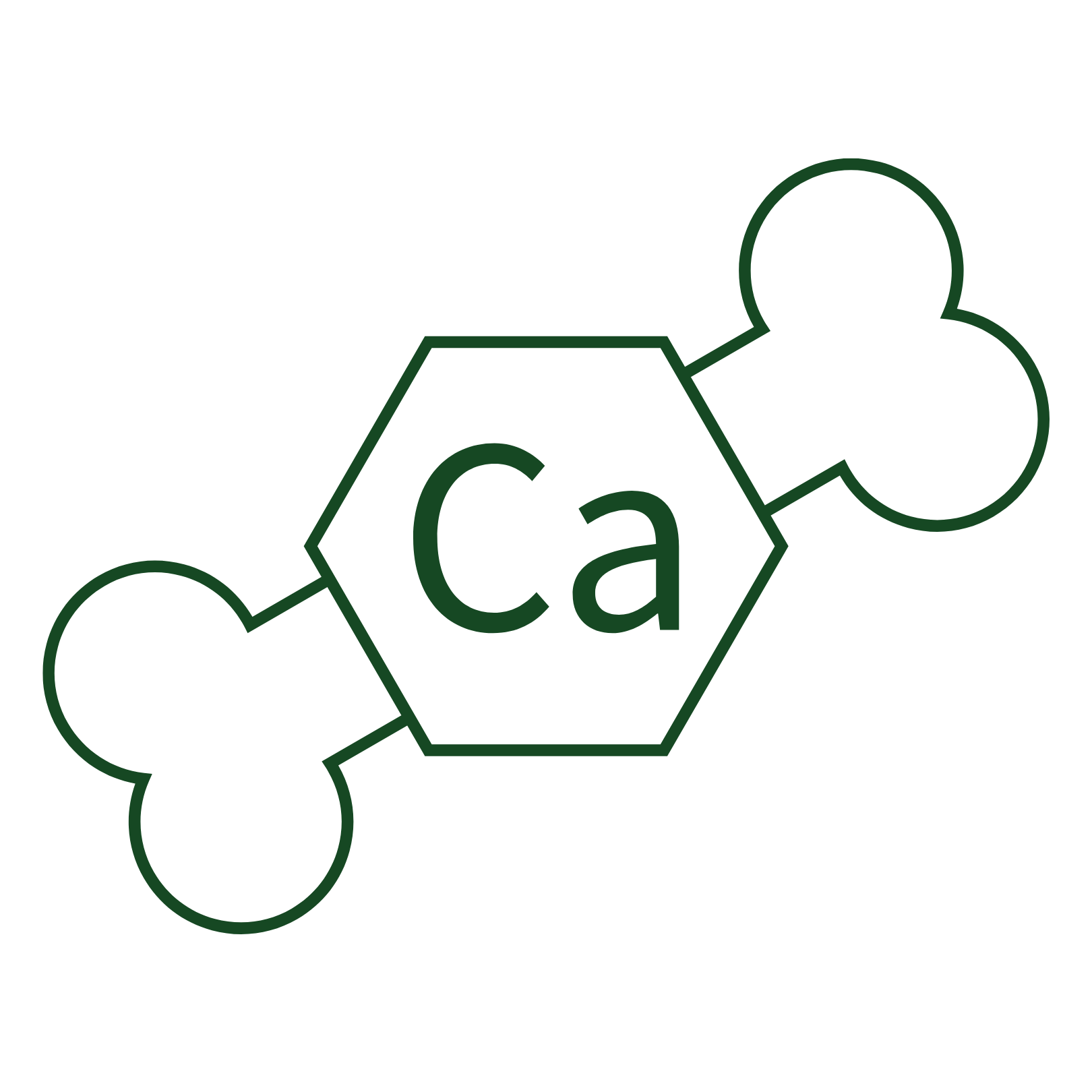
Calcium
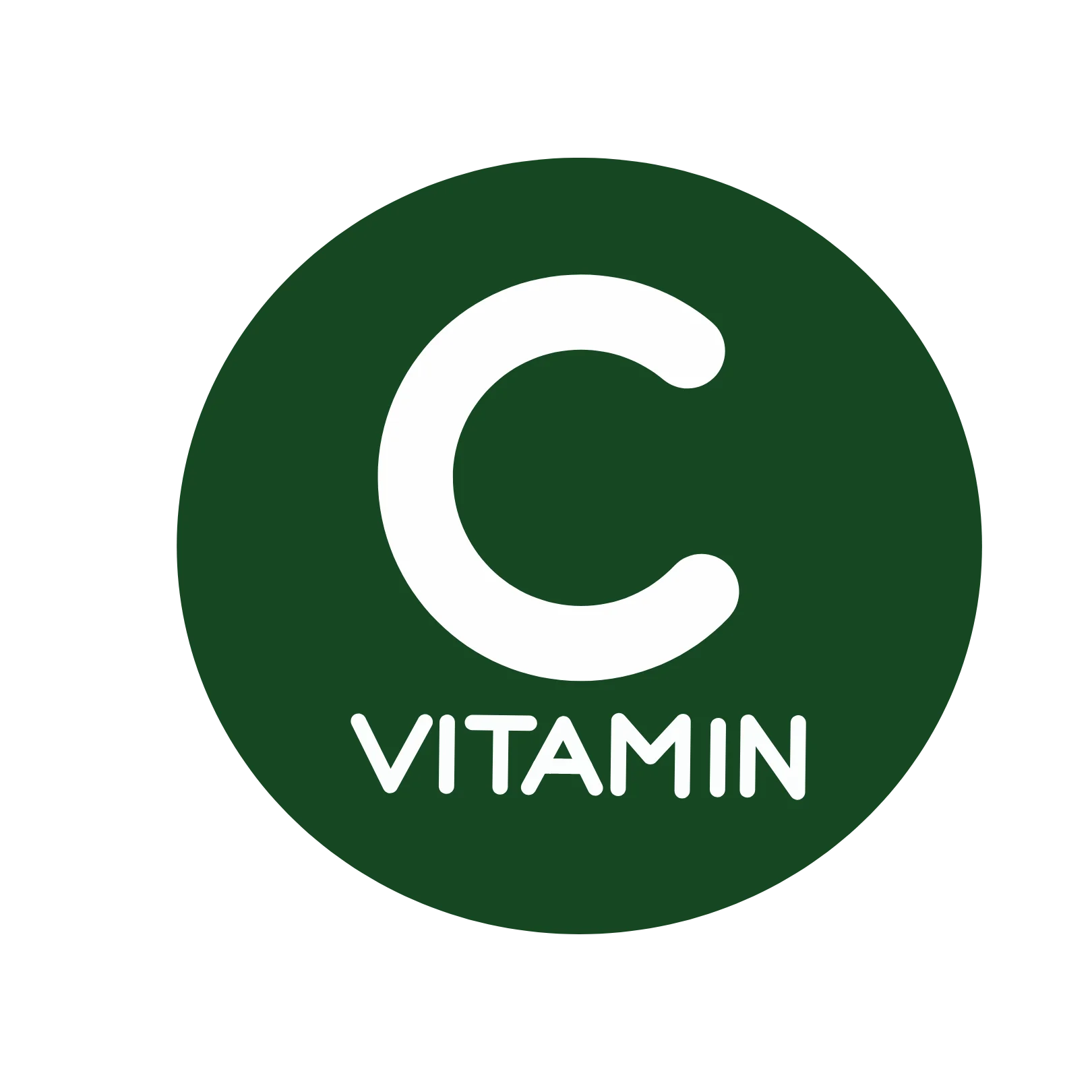
Vitamin C
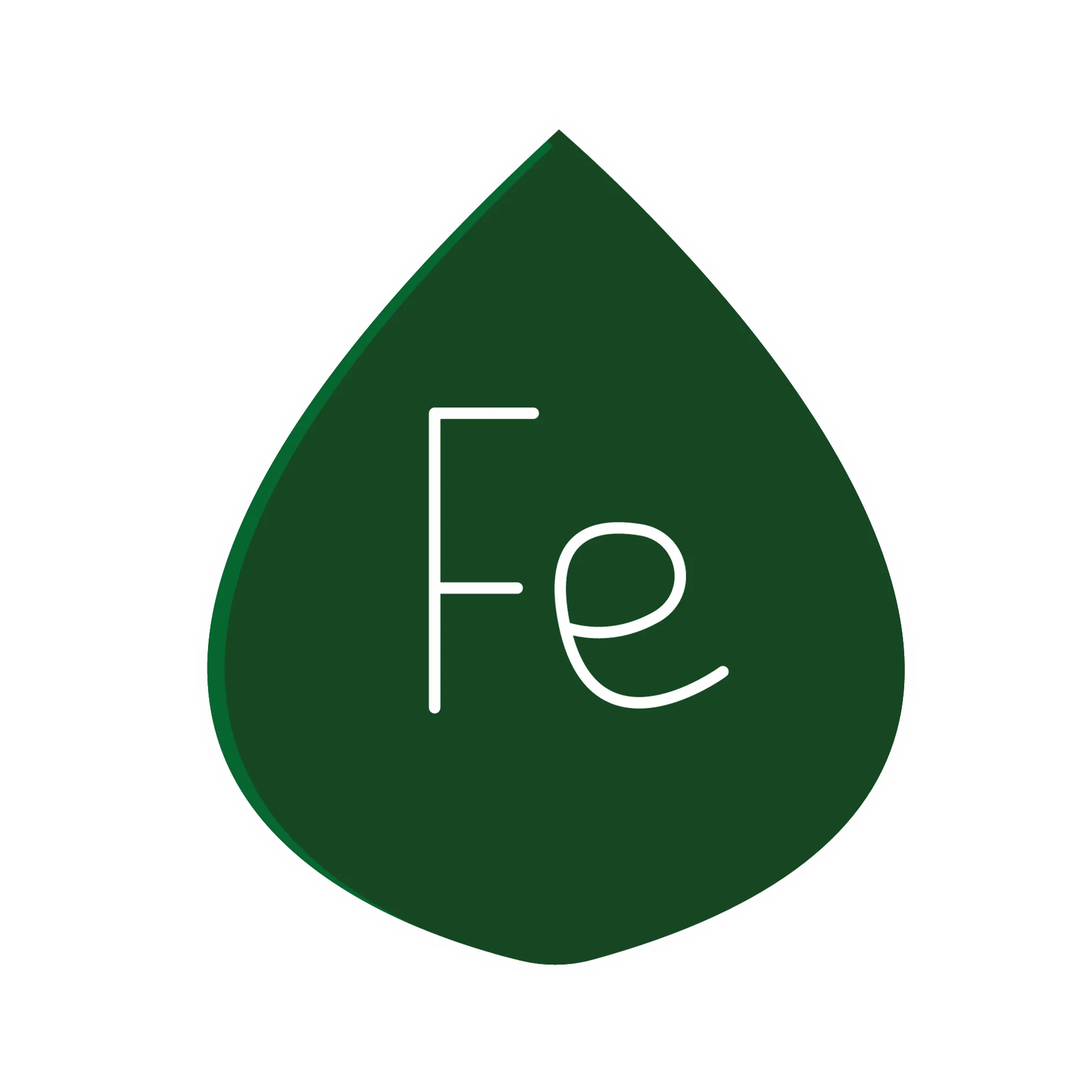
Iron

Antioxidants

Calcium

Vitamin C

Iron

Antioxidants
Different
Types
There are numerous species and varieties of hibiscus, each with its own unique characteristics, including flower color, size, and growth habits. Some popular species include Hibiscus rosa-sinensis (Chinese hibiscus) and Hibiscus syriacus (Rose of Sharon).
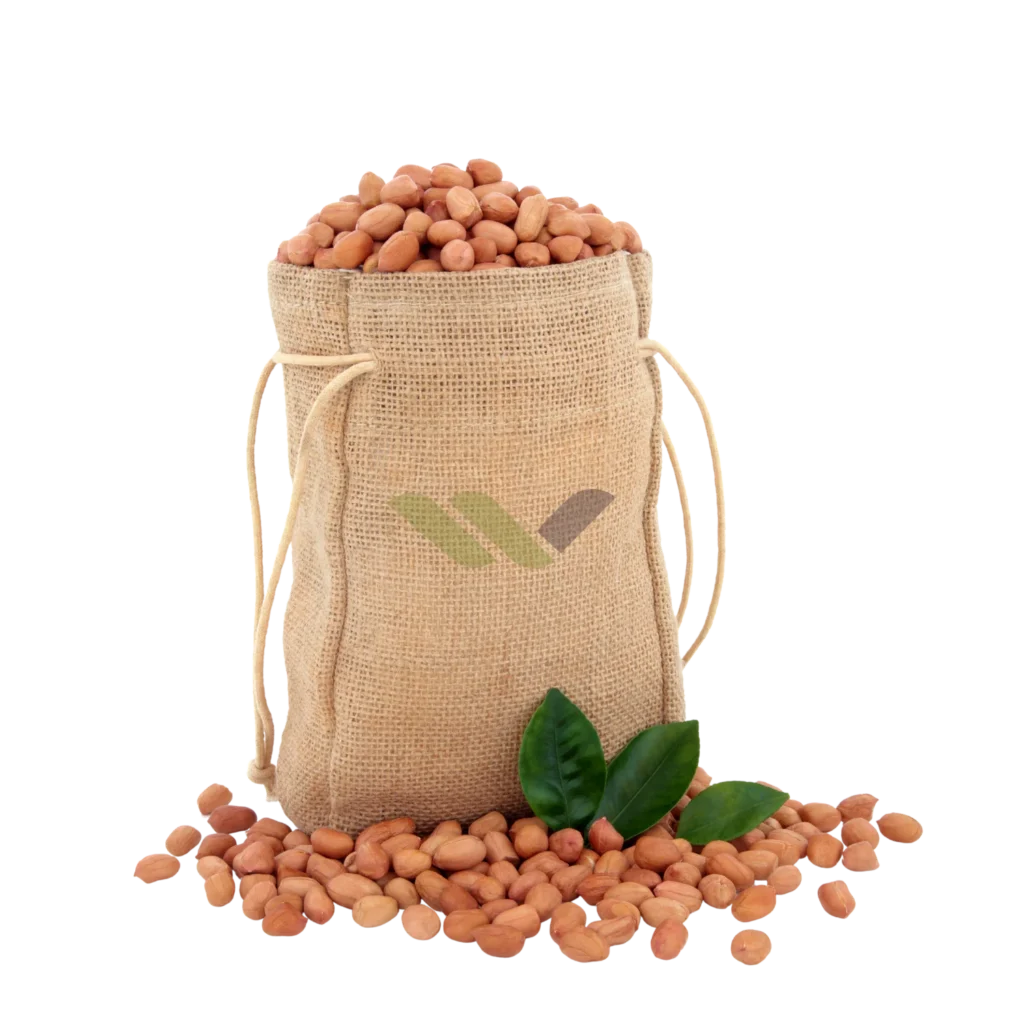
Peanuts
Peanuts are small brown seeds that grow underground. They’re tasty, packed with protein and good fats. You can make peanut butter or snack on them. They’re versatile, can be roasted or boiled, and provide energy!
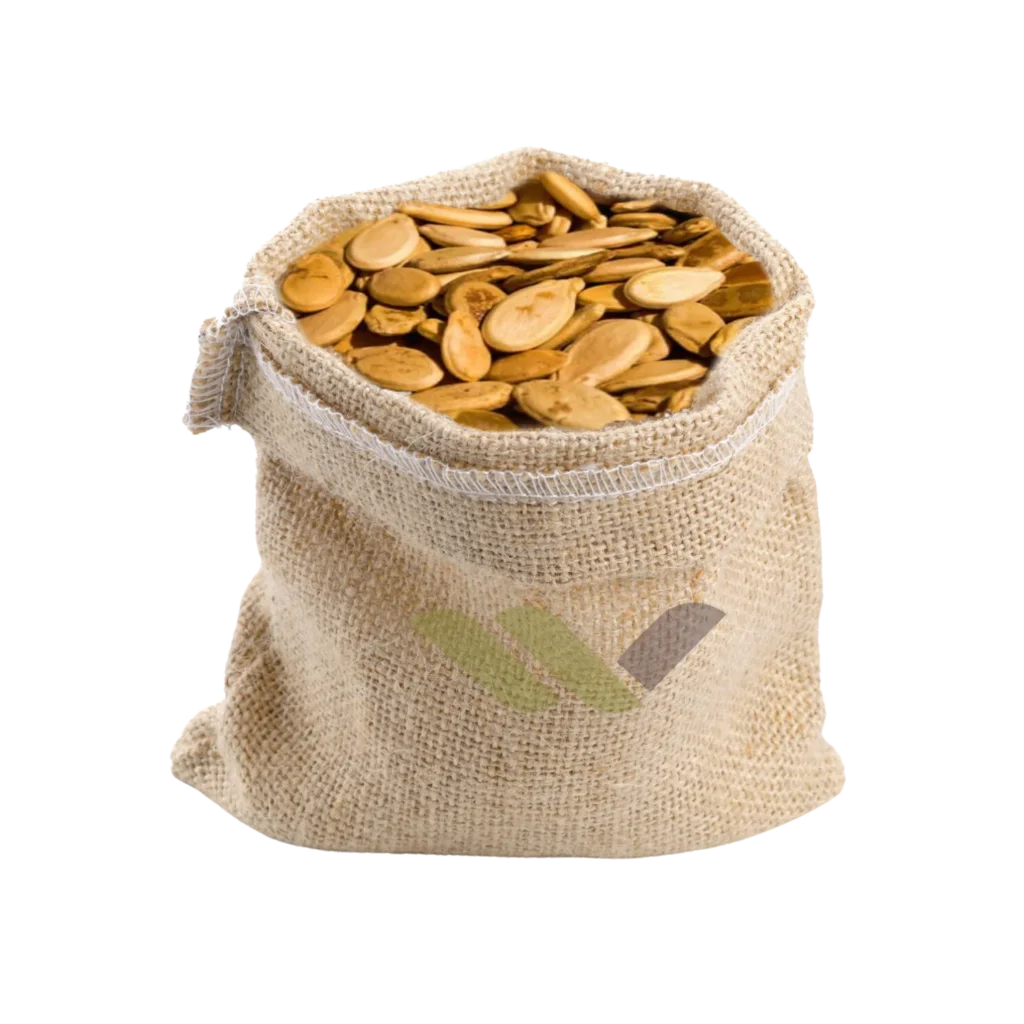
Watermelon Seeds
Watermelon seeds are extracted, sprouted, shelled, and dried. Sudan offers various sizes and colors. They’re rich in protein, vitamin B, magnesium, and healthy fats, known to lower cholesterol, inflammation, heart disease, and stroke risk.
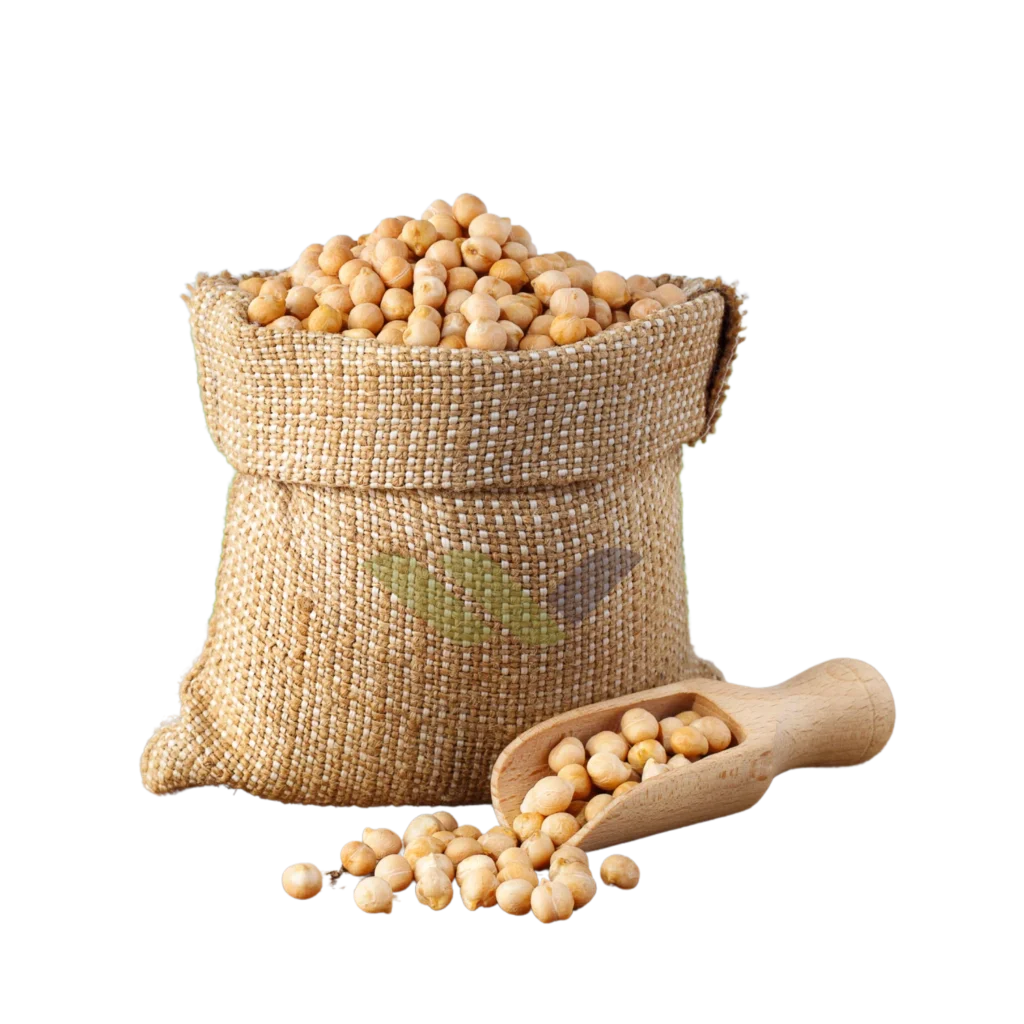
Chickpeas
Chickpeas, also known as garbanzo beans, are small, round, and beige in color. They belong to the legume family and have been cultivated for thousands of years.
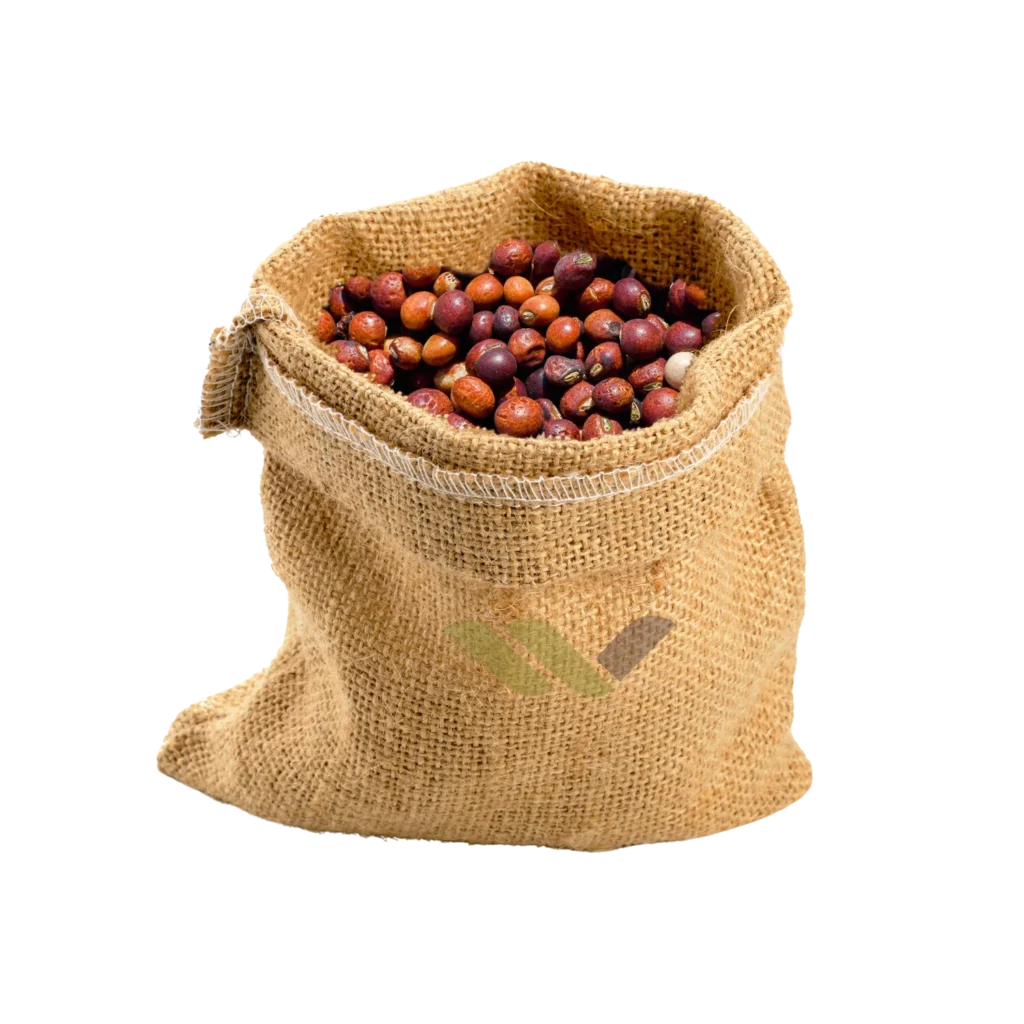
Pigeon Peas
The pigeon pea is a perennial legume from the family Fabaceae. Its cultivation can be tracked back more than 3,500 years. Also known as Adaseya or Lubiya in Sudan. The crop can maintain growth with poor soils and little water.
We are on the world
We specialize in exporting and importing grains, oilseeds, and pulses.
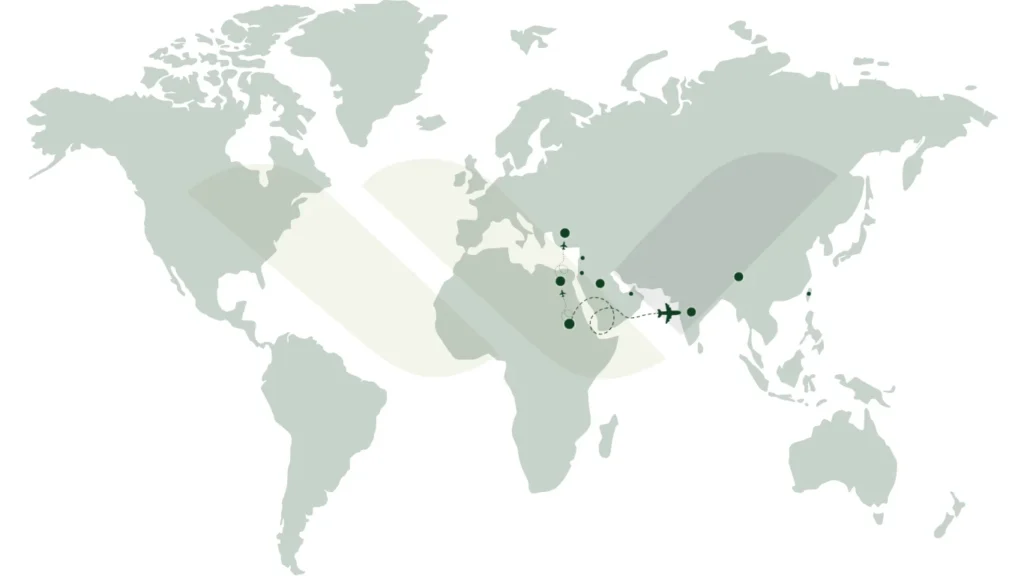

2015
Establish Office in Dubai

2018
Started importing from six different countries

2020
Started exporting to ten different countries

2023
Launching a food product brand called Nasaym

2015
Establish Office in Dubai

2018
Started importing from six different countries

2020
Started exporting to ten different countries

2023
Launching a food product brand called Nasaym
